It’s one of the most annoying habits any dog can pick up. And, it can be dangerous if they pull you over or pull the leash out of your hand. Luckily, there are a lot of things out that can help your dog walk nicely on the leash – here are 15 of them.
#1 – Chair
A chair? Yes, a chair. You can use a chair as a heeling exercise: walk with your dog between you and a chair to help keep him in heel position. Start by rewarding him each step he takes in position, and then work up to be being able to walk all the way around with only one reward. To advance, take a step away from the chair so there is more space, or switch places so your dog is on the outside. If you have a big dog, you can use a coffee table to kitchen island.
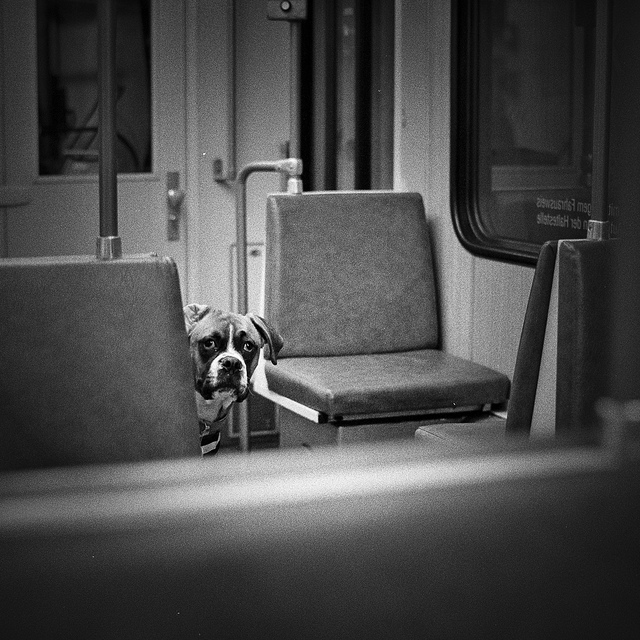
#2 – Gentle Leader
Basically a halter for a horse, it’s a good management tool to use while your dog is learning to heel, so he can’t pull you over. They work on most dogs, though they do need to get used to them slowly.
Related: Top Online Dog Training Schools
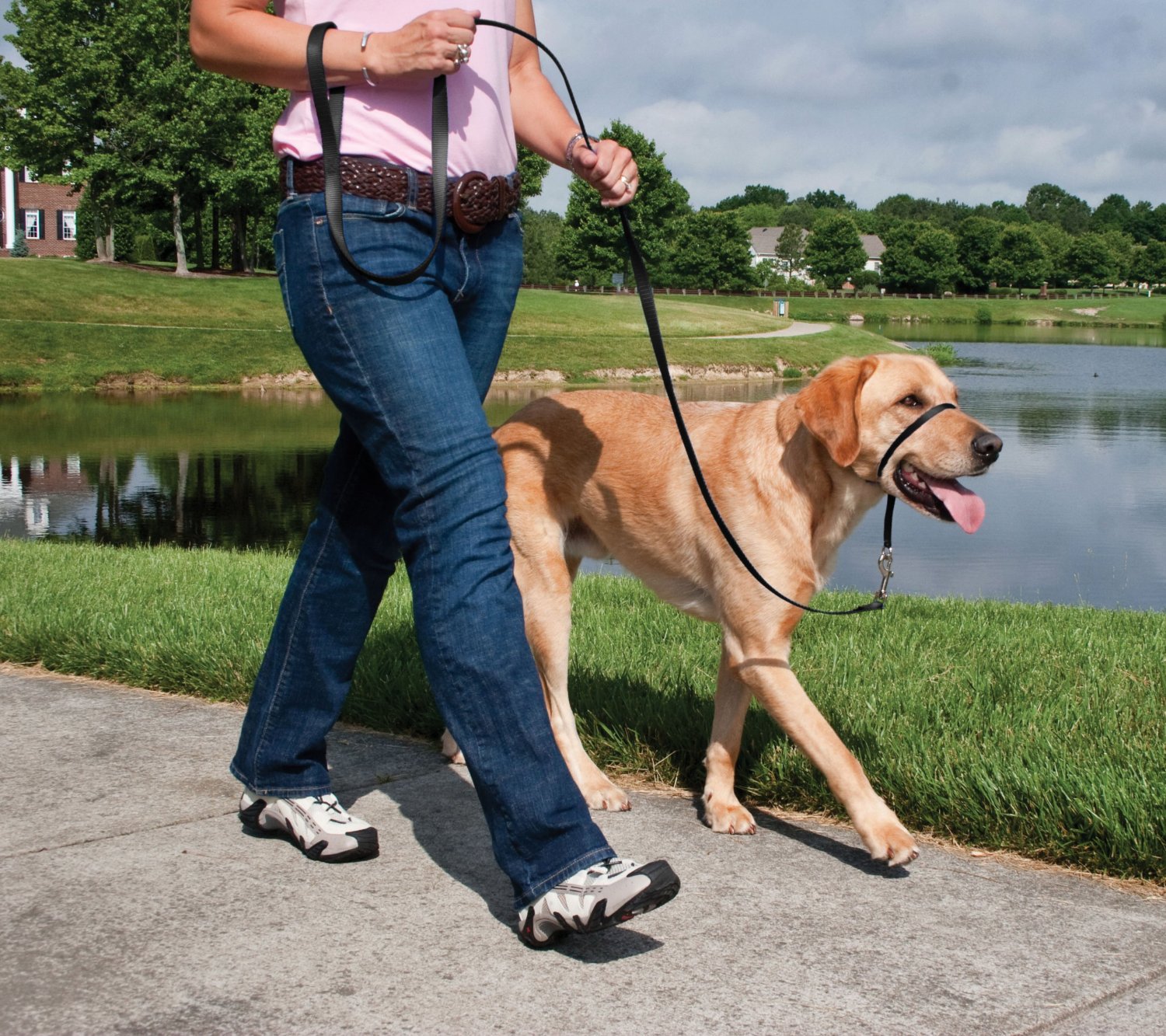
#3 – Easy Walk Harness
The Easy Walk was one of the first “front clasping” harnesses on the market. It’s available at almost all pet stores and works well for the most part. However, if you have a dog with a narrow chest, a lot of the times the front part pull over to the side too much to be effective.
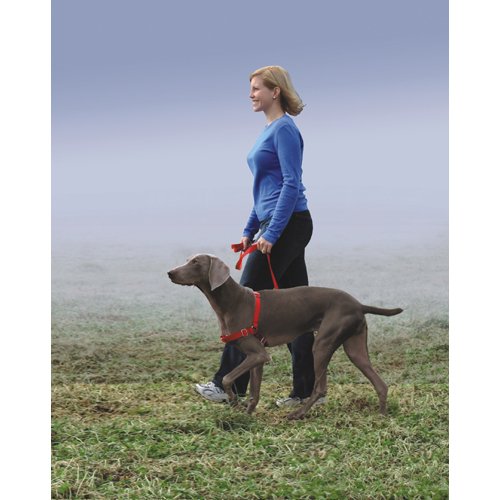
Click page 2 below for the next items!
#4 – Freedom Harness
If your dog has a narrow front and/or the Easy Walk did not work for you, try the Freedom harness. It is the only front-clasp harness we have seen that has a stabilizing bar, so it doesn’t pull to the side. It also has velvet fabric on the under strap for comfort.
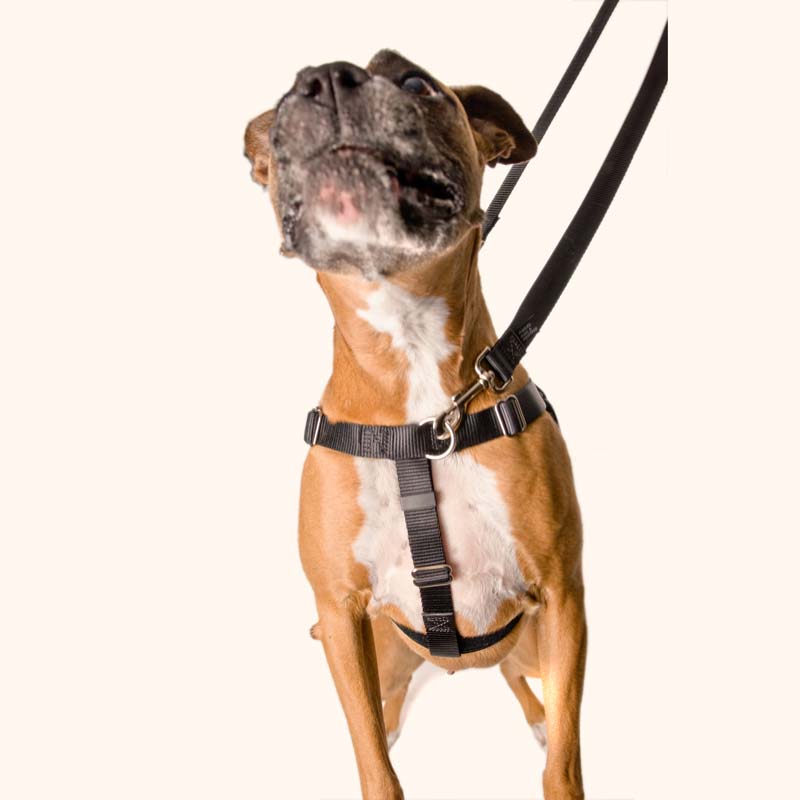
#5 – Freedom Leash
The Freedom leash is a leash with one handle and two separate leashes so you can attach one to the front clip on the freedom harness and one on the back. It makes it easy to transition your dog off the front clasp – only pick up that lead when he starts to pull!
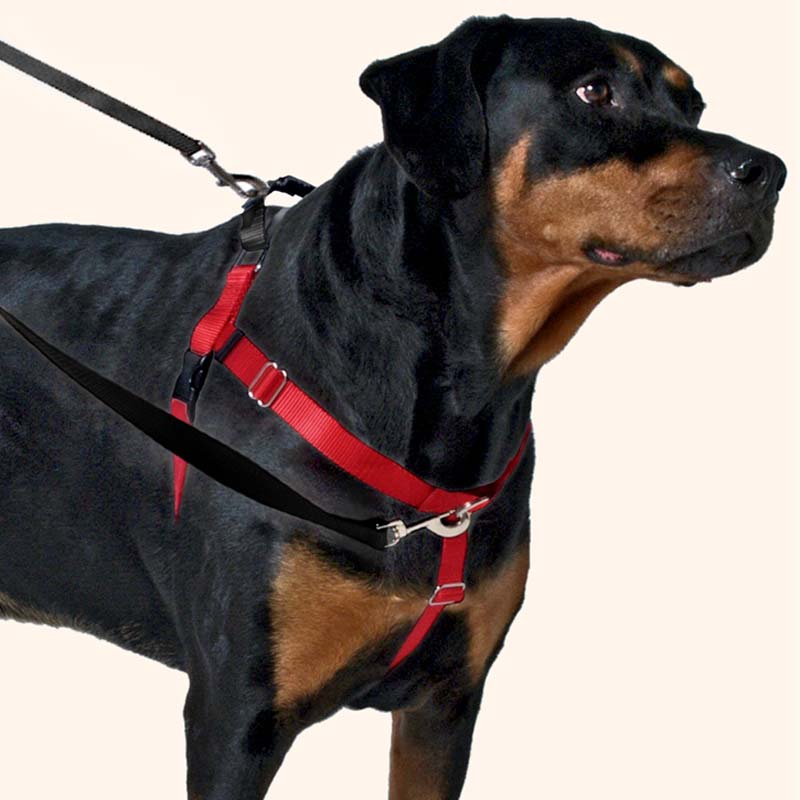
#6 – Long Line
A long line can be very useful in teaching your dog to heel. Give him the length of the long line and walk around a room in your house or backyard. Ignore your dog unless he chooses to come and walk in heel position (pick a side!). When he does reward him!
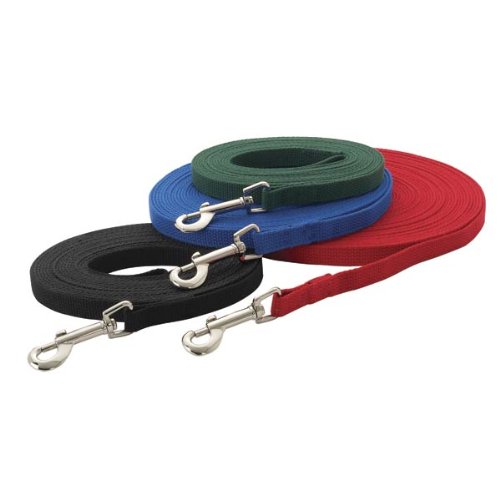
#7 –Target Stick
A target stick can be a great way to teach your dog that the best place in the world is right there by your side. You can use it two ways: teach him to “touch” the target and then put it by your side so that when he touches it, he is going into heel position; or, use it to reward your smaller dogs without killing your back by putting peanut butter on it and let them lick it anytime they are in heel position.
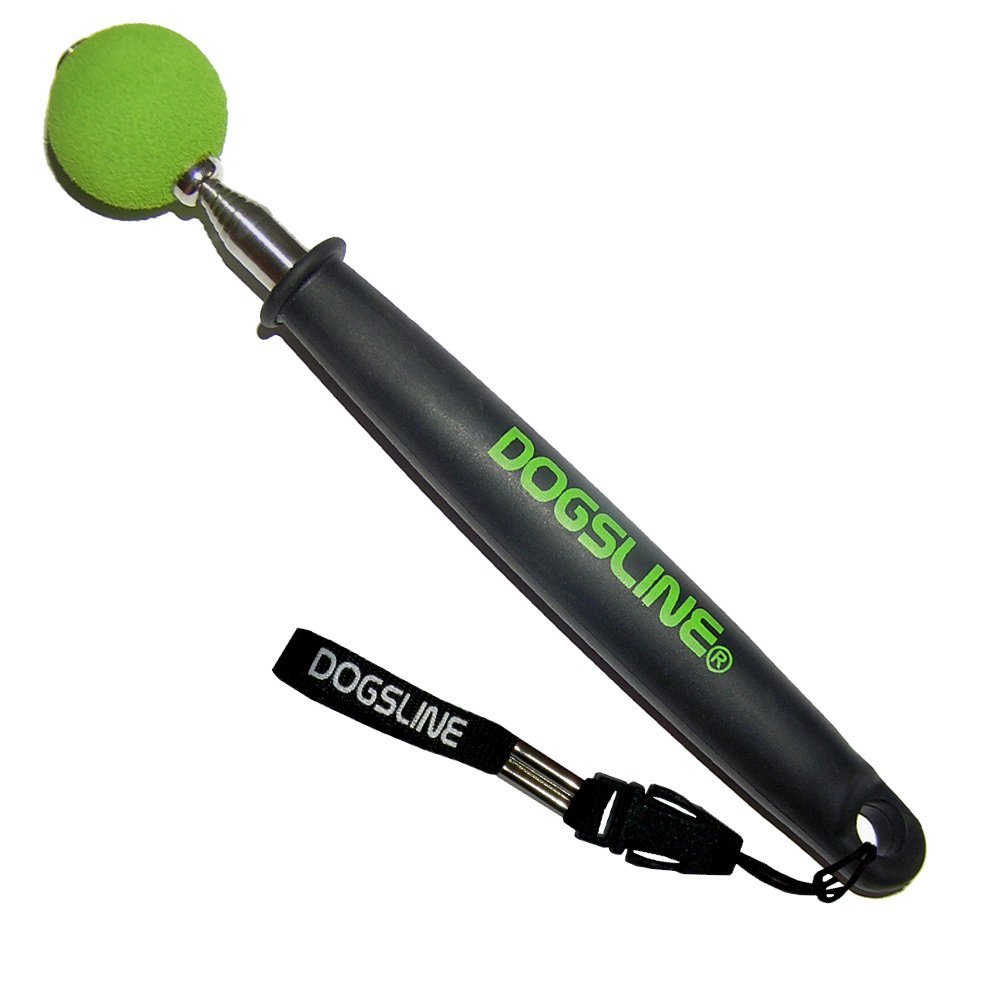
#8 – Zero Shock Leash
This leash is great for dog owners that have back, knee, or arm issues and need something to immediately relieve the pain their dog may cause if he does pull. It will help “manage” the issue while you are training by relieve the pressure on your end. Note: it will also relieve the pressure on your dog’s end, so depending on your training methods this may not work for you.
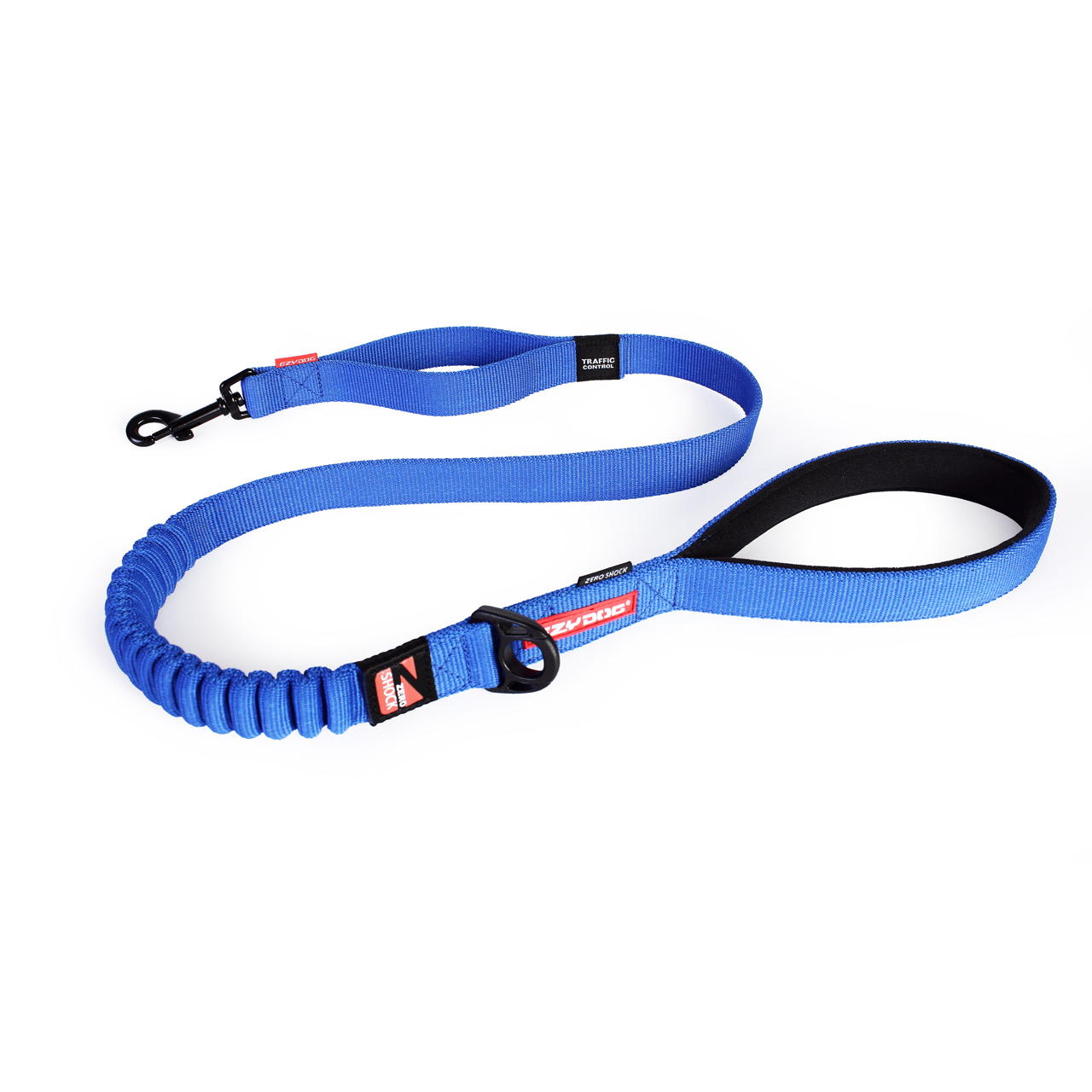
#9 – Clicker
If you haven’t tried clicker training, heel work is one of the easiest and best uses for it. Using a clicker makes it easy for you to mark that exact moment when your dog steps into place with you, ensuring he starts getting the correlation between position and reward.
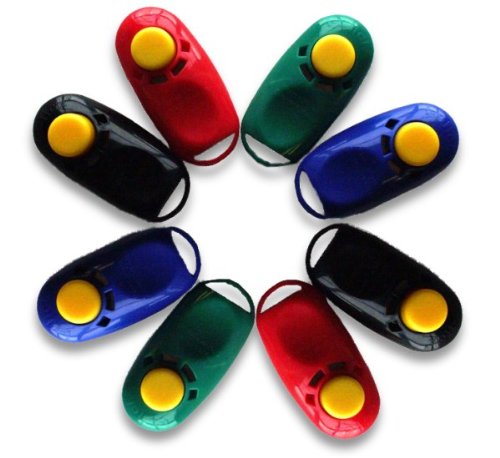
#10- Waist Leash
These are handy because it make it easier for you to juggle clicker and treat. They are not recommended for larger dogs that pull, as they could hurt you. But for small or medium dogs, they work well. (Or, if your large dog is progressed in his training, it would be a good transition to off-leash heel work).
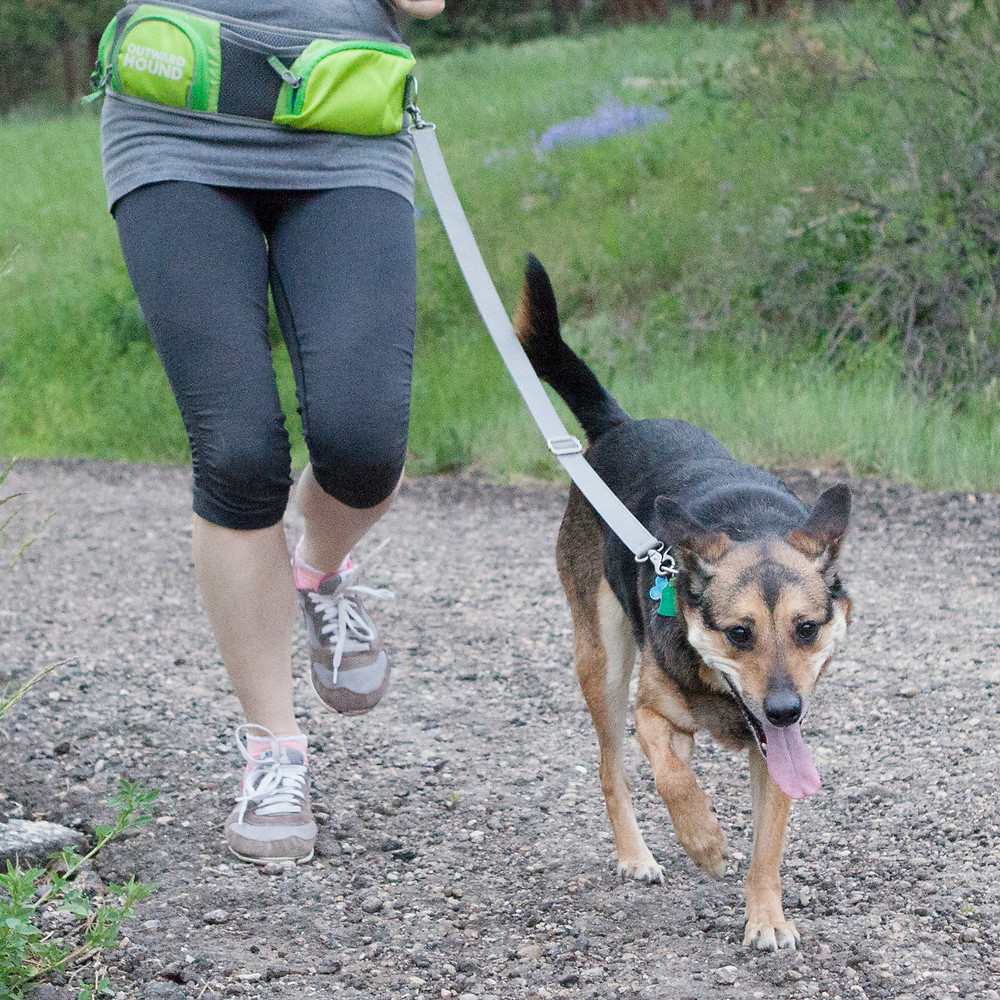
#11 – Shark Lines
These are great for when you are transitioning to off-leash heels. It’s a very light weight and almost invisible leash to help you start fading the presence of the leash as part of the cue to stay in heel.
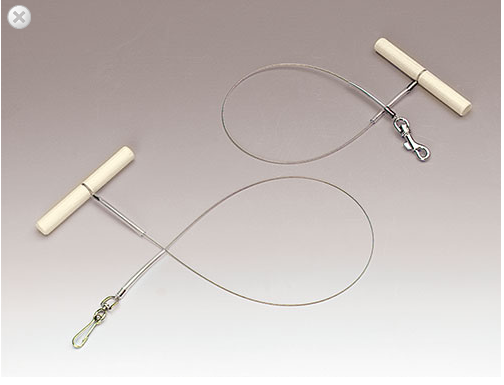
#12 – Martingale Collar
This is more for safety than anything. If you have a dog that really pulls and has figured out how to back out of that collar, than you need a martingale. They tighten just enough so your dog can’t back out without being a correction collar.
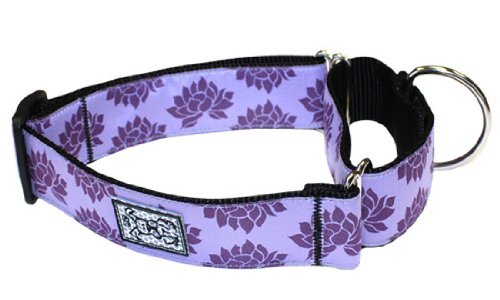
 Toledo, United States.
Toledo, United States.